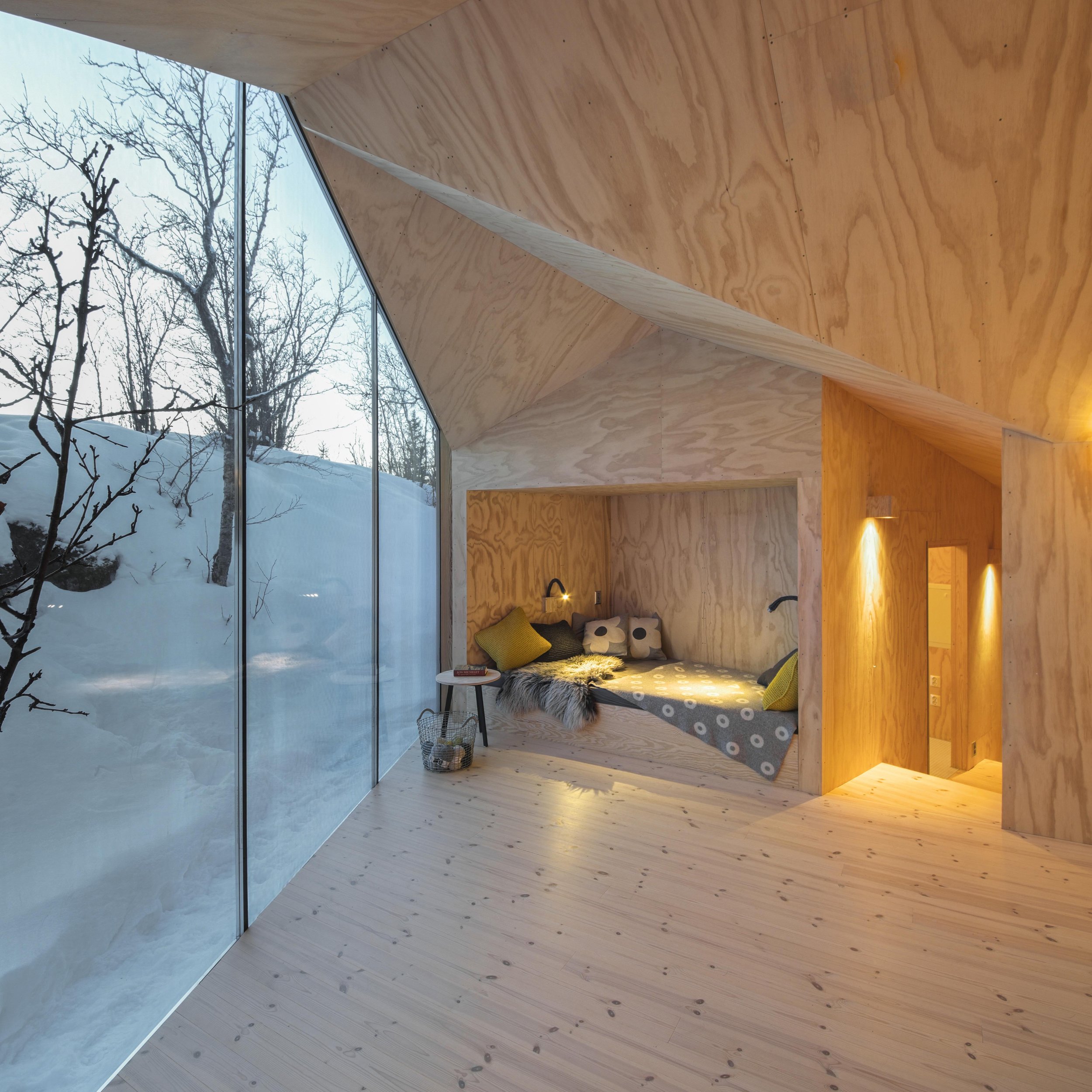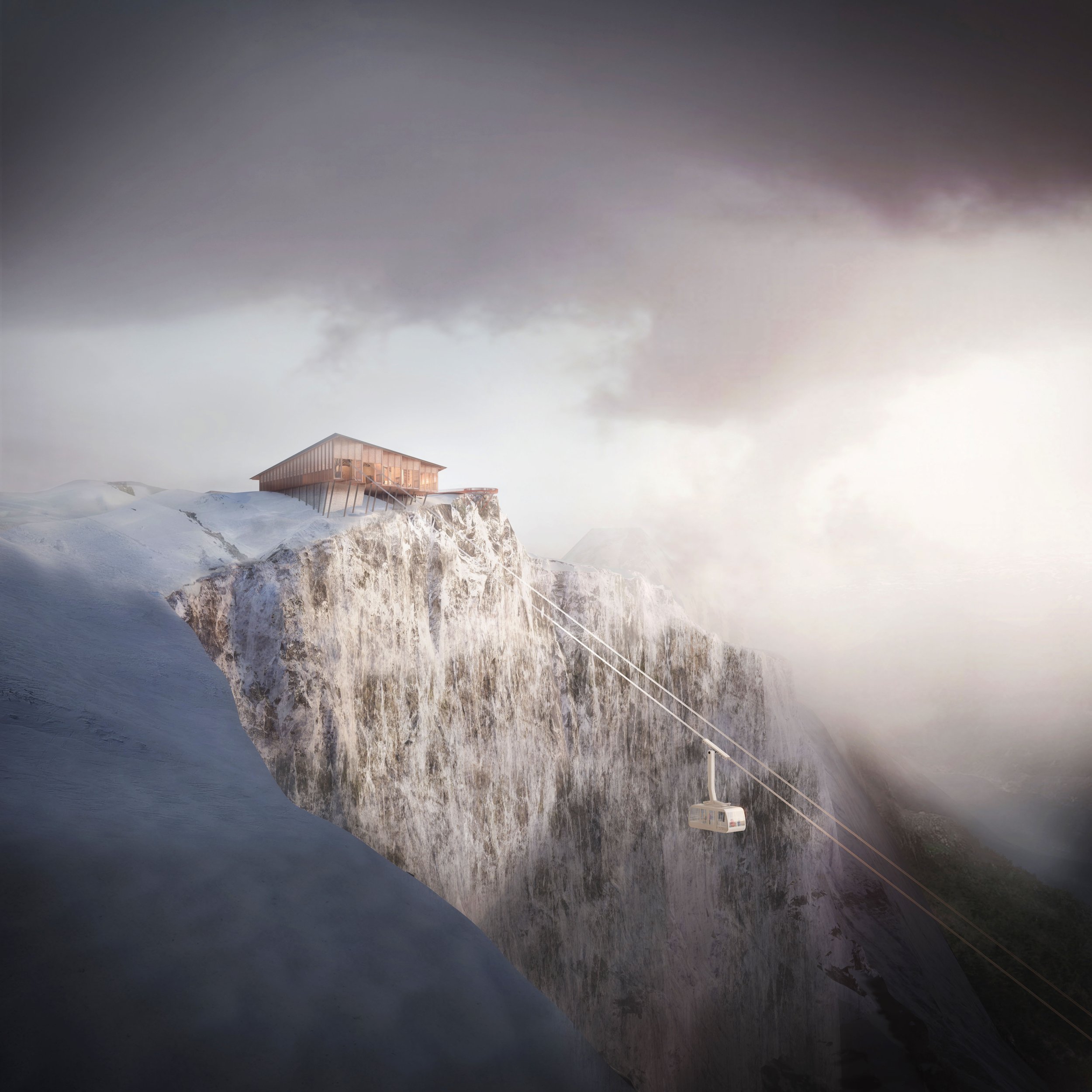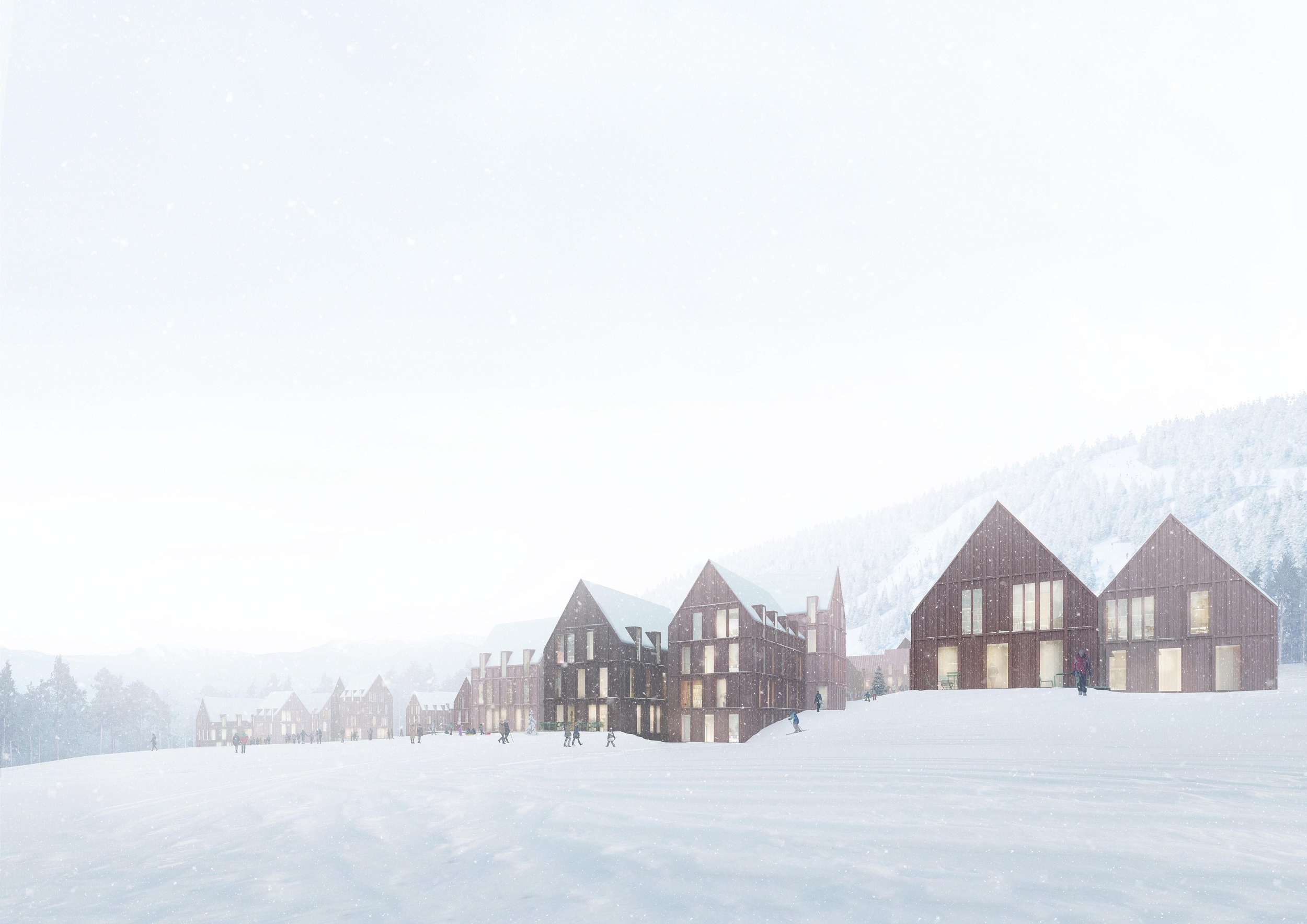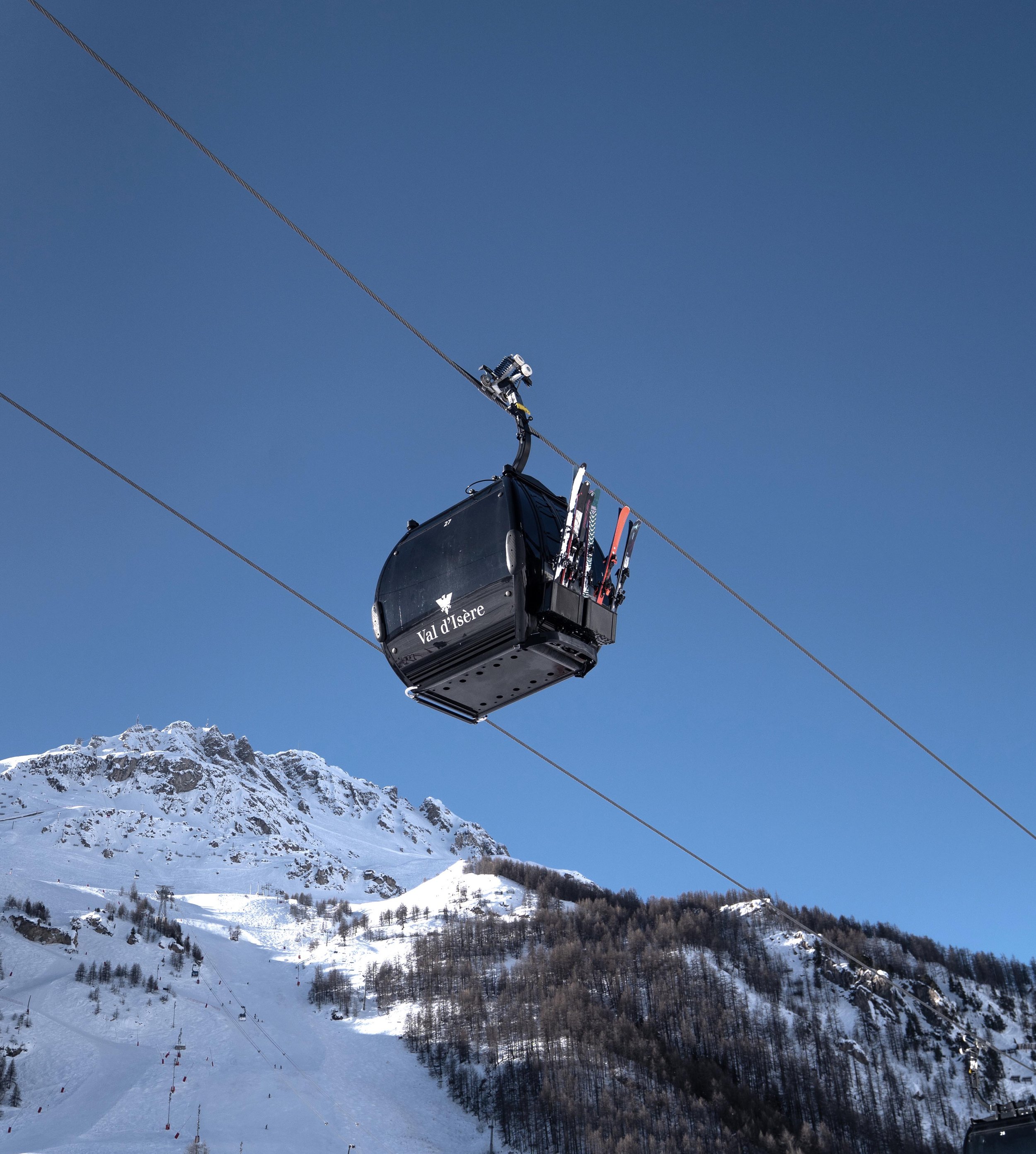Since our founding, we at Reiulf Ramstad Arkitekter have demonstrated a commitment to biophilic architecture - integrating harmoniously with its natural surroundings, especially in Norway's wild terrain. Central to our approach is the belief that nature should be accessible to all, regardless of the season. Winter, with its unique charms and challenges, holds a special allure for our firm – and we view this time of year not as a hindrance, but as an opportunity to enhance the beauty of the landscape and create memorable experiences for visitors from all walks of life.
Two vacation homes projects that exemplify this philosophy are Turutun in Turufjell and Favn at Hafjell. Nestled amidst Norway's breathtaking mountainous terrain, Turutun offers residents unparalleled access to the outdoors, with expansive windows framing panoramic views and inviting outdoor spaces that blur the boundaries between indoor and outdoor living. Similarly, Favn at Hafjell embraces the winter landscape, providing cozy retreats that embrace the snow-covered surroundings. Both projects foster a connection to nature while offering modern comfort and convenience, ensuring that the wonders of nature are accessible to all who call these spaces home away from home.
Another example is the Breitenbach Landscape Hotel 48°Nord, which reflects our desire to create a unique destination that celebrate the winter landscape. From its local chestnut wood façade to its enormous windows, every element of the hotel is designed to evoke a sense of connection with nature, while embracing the local traditions of winter sport and Scandinavian hygge.
What sets us apart is our ability to carve precious wooden pieces of architecture into the natural landscape, illuminating rather than detracting from its beauty. In projects like the Split View Mountain Lodge or the Røldal cabin, we used locally sourced materials and traditional building techniques, striving always to blend our structures seamlessly with their surroundings. This not only minimizes their impact in their respective landscape settings, but also creates a sense of authenticity that resonates with visitors.






